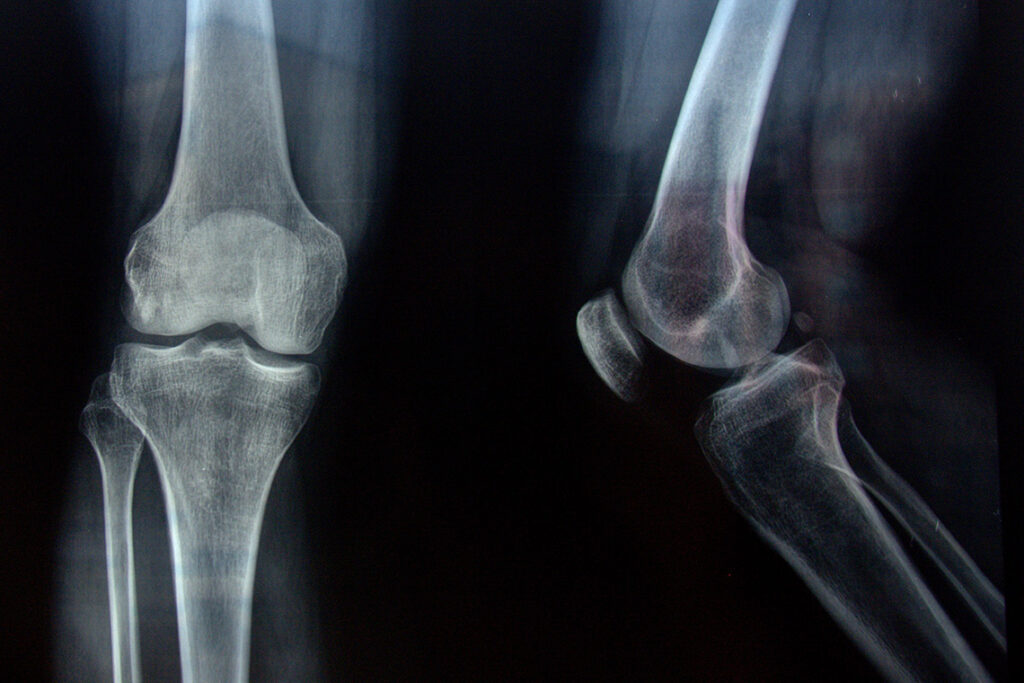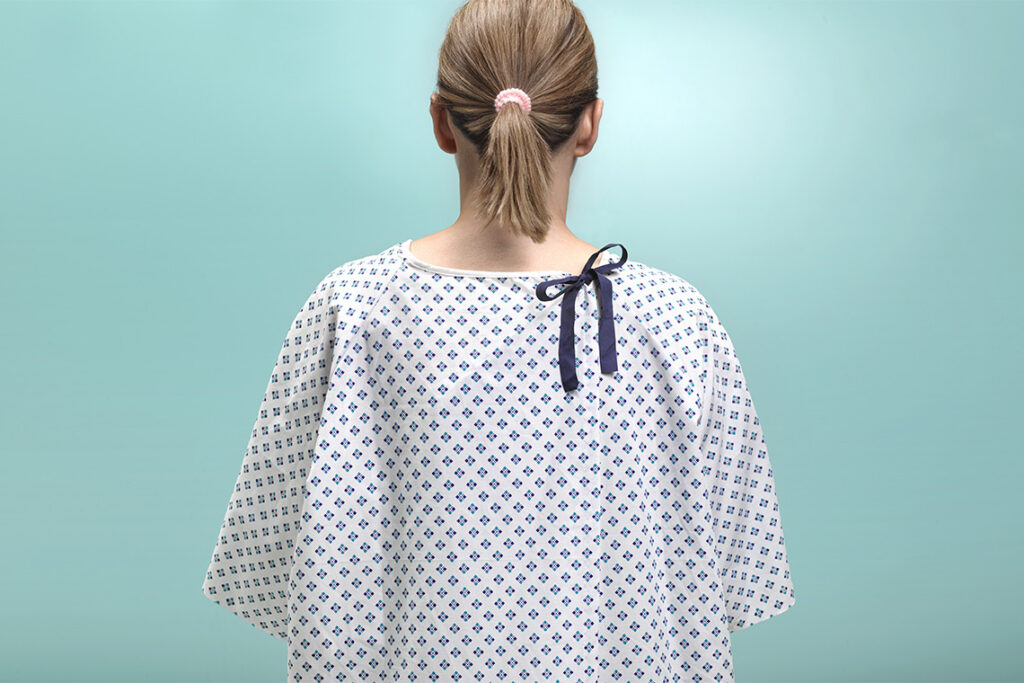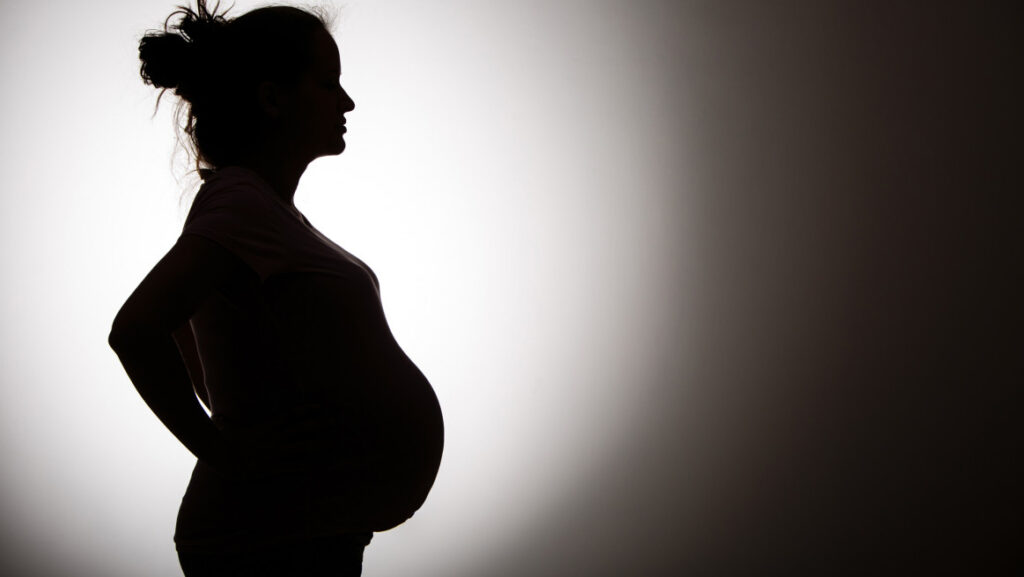Gay men may be at greater risk for poor skeletal health: U of T study

A new study by a University of Toronto researcher has found disparities in bone health that are associated with sexual orientation, with gay men in particular being at a greater risk.
The study, published recently in the American Journal of Human Biology, is among the first to look at the social determinants of skeletal health with a focus on sexual orientation.
“We found that gay men, and to a lesser extent bisexual men, have lower bone mineral density relative to heterosexual men,” says James Gibb, a biological anthropologist and visiting scholar in U of T Scarborough’s department of health and society. “While more research has to be done, what this suggests is that gay men are potentially at a greater risk of osteoporotic fracture as they get older.”
Gibb, who recently completed his master’s degree in U of T’s department of anthropology in the Faculty of Arts & Science, said the likely culprit is discrimination.
“It’s not that sexual orientation on its own is responsible for this disparity in bone health, rather it’s lifestyle and stress associated with sexual minority status that is possibly driving these differences.”
The study, done in collaboration with Eric Shattuck, an assistant professor at the University of Texas at San Antonio, looked at bone health data from 3,243 participants in the U.S. National Health and Nutrition Examination Survey. They found that sexual orientation was associated with disparities in bone mass across the spine and femur, the areas in which bone mineral density was measured as part of the survey. The finding was independent of known risk factors for poor bone health such as tobacco use, alcohol consumption and illicit drug use.
Bone mineral density is an important measure of bone strength, with minerals like calcium and phosphorus playing a vital role in bone strength. Gibb says those with higher bone mineral content generally have stronger bones, while lower bone mineral density results in weaker bones. That puts the the latter group at a greater risk of fracture.
He says the root cause may come down to discrimination. Gay men in the U.S. and elsewhere typically experience higher levels of discrimination and depression, which can have an effect on bone health. People suffering from depression have higher levels of cortisol in their body which, especially if chronically released, is bad for bones because it can interfere with the cellular mechanisms that build and repair them. While cortisol levels were not measured as part of the study, Gibb says it’s one possible avenue for future research.
“There’s an association between depression and bone mass, which past research has found independent of sexual orientation. But we also know that sexual minorities tend to have higher rates of depression,” he says.
Among women they found the opposite: lesbian and bisexual women had better bone mineral content than heterosexual women. Gibb says this is despite the fact that lesbian and bisexual women experience a number of elevated risk factors for lower bone mass such as lower income, higher weight, increased depression severity and tobacco consumption compared to heterosexual women.
“Our findings suggest that sexual minority men, but not women, are at an elevated risk for poor bone health,” says Gibb, whose research looks at how discrimination can affect human health.
“This suggests there could be some yet unexplained factors contributing to increased resilience in bone health among lesbian and bisexual women that warrants further research.”
Gibb says there’s been some past research looking at how certain HIV medications can impact bone health, but that this is the first to look at bone health from a public health perspective.
“Bone health is crucial. You need a healthy skeleton to perform all sorts of physical activities because your muscles pull on the skeletal system and that’s the lever that allows you to move,” he says.
“Ensuring everyone has strong, healthy bones is an important way to make sure people are able to achieve a better overall quality of life, especially as they age.”



